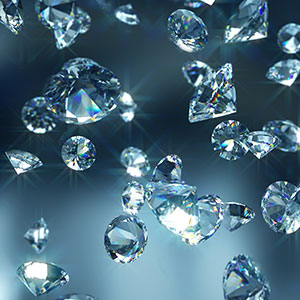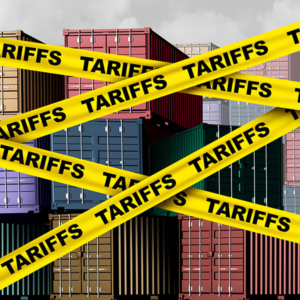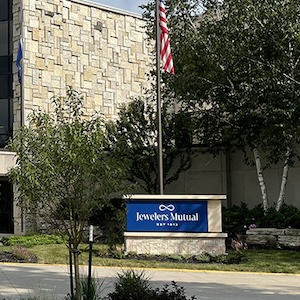
Before the COVID-19 pandemic, some figured that, as lab-grown diamond supply becomes more plentiful, the natural diamond business might hold on to the big stone market, but the market for smaller stones (melee) was probably lost.
Since you can get a nice lab-grown diamond for a better price, and many small diamonds are used in pieces based on their look, it would be far harder for natural diamonds to compete in that area. In addition, when you’re talking about a piece with 100 pavé diamonds, it’s hard to argue that those small stones “better hold their value” or are more “precious” than others.
Yet, recently, small natural diamonds have become hot, and have received larger price increases than other categories. “There’s a buying frenzy in cheap and tiny diamonds,” Bloomberg wrote recently.
Why? The main reason is that the entire diamond market is hot right now. But why have smalls in particular become big?
First, the supply of smalls has been affected by the closure of the Argyle mine and other production cutbacks. But there’s another possible explanation that’s more interesting. Smaller lab-grown diamonds have also become extremely hot lately, as well as extremely difficult to find. For a long time, their prices were falling; now, they have stabilized. “That’s the first time I have seen price stabilization among any category of lab-grown goods,” says analyst Paul Zimnisky.
Why is that? First off, the lab-grown business ended up mastering bigger sizes faster than expected. U.S. and European growers are all trying to produce bigger, higher-quality goods, because they see bigger profits there. As a result, that part of the market has become crowded, and the price of some of those goods has taken a hit. (“Good reliable supply” remains elusive, some say.)
Moreover, most smaller lab-growns are produced in China, generally with the high-pressure high-temperature (HPHT) method, though less frequently with chemical vapor deposition (CVD). But supply chain and trade issues with China have made it harder to get that material. Plus, as the prices have fallen, they have become less profitable to manufacture, so their production has declined overall. Chinese growers “killed it for everyone, including themselves,” one person in the lab-grown business told me.
There is also a strong demand for CVD melee, given the apparent politically based reluctance of some Indian and U.S. companies to do business with China. (Chinese diamond growers are often connected to the country’s military, which calls into question the “all lab-grown diamonds are conflict-free” line.)
So how does this affect the natural market? For one, it’s possible—perhaps even likely—that many side stones billed as naturals are actually lab-grown.
I’ve had a diamond dealer tell me that, when he sells small diamonds to watch manufacturers, the price of having to prove they’re all natural sometimes wipes out his profit. But, of course, this person has no choice but to test, because watch manufacturers are usually scrupulous about that kind of thing. Not every company is.
When you’re selling a ring in a halo setting with dozens of diamonds, all those stones may not be tested, even though the technology exists to do so. And so we see “mixing”; some feel it doesn’t matter, in a piece with so many stones, if a few—or maybe even more than a few—are produced in a lab, or conversely, if they’re natural. (Some lab-grown diamond sellers have admitted they use natural diamonds as side stones, though, given their anti-mining rhetoric, they generally try to keep quiet about it.)
While there is no survey data on this, most consumers probably don’t care if one or two stones out of dozens are grown in a lab. Even so, not disclosing a stone’s origin remains a violation of the Federal Trade Commission’s Guides, and most trade and government rules. It’s not a great precedent to set.
There is a possible solution for this, that no company (to my knowledge) has adopted. If the manufacturer or retailer isn’t sure about their stones’ origin, they should simply say that the side stones are “diamonds,” then add an asterisk, and spell out, clearly and conspicuously, they may be either natural or lab-grown. This may not be the most elegant solution, and allows equivalencies the mined sector may not like. But it is a more honest way to handle things, and will likely save a lot of money and time.
(Photo: Getty Images)
- Subscribe to the JCK News Daily
- Subscribe to the JCK Special Report
- Follow JCK on Instagram: @jckmagazine
- Follow JCK on X: @jckmagazine
- Follow JCK on Facebook: @jckmagazine






